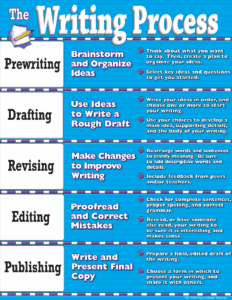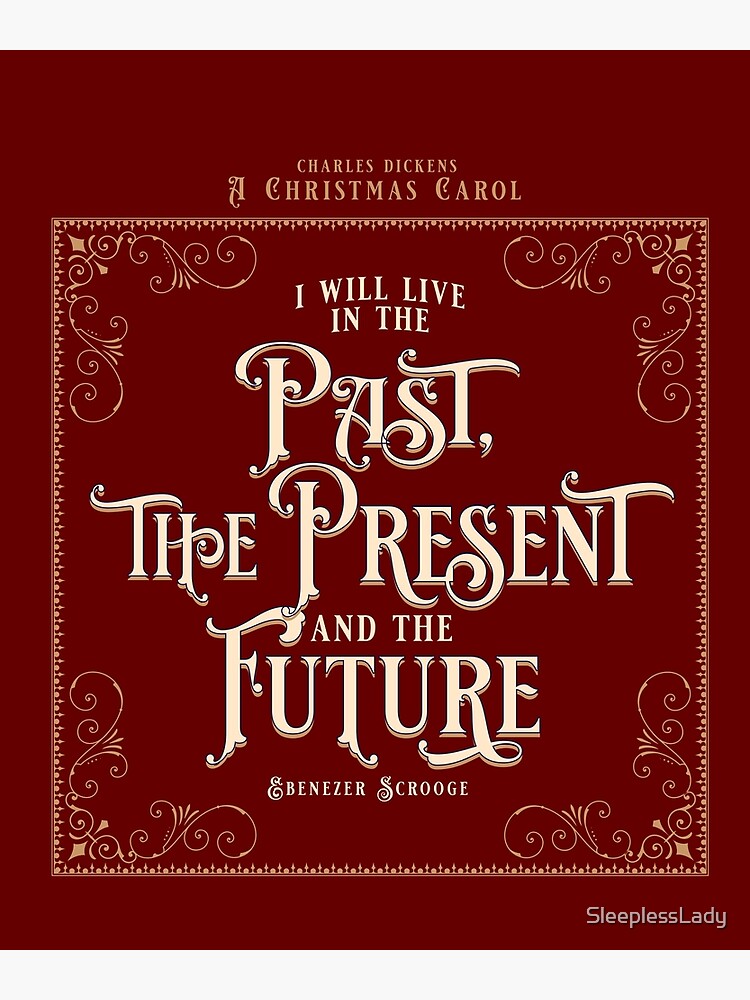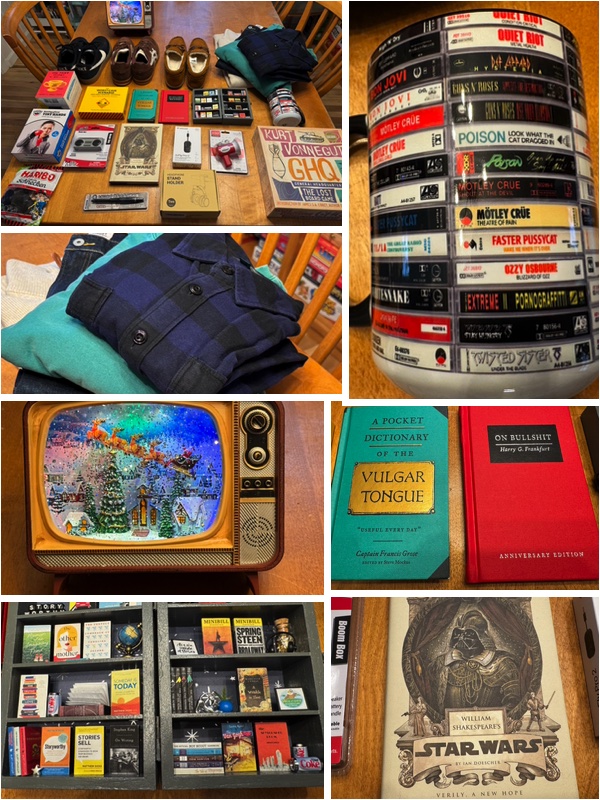I’m spending this week writing about writing:
Specifically, I plan to dispel some of the myths and misconceptions about the writing process, in hopes of helping writers, teachers, and parents assist themselves, their students, and their children become more enthusiastic and effective writers.
After all, most people in this world do not write. They don’t enjoy writing, avoid it at all costs, and don’t do it well. However, if you can write well, you possess a superpower. Beyond my actual career as an author and columnist, I cannot tell you how many times supervisors and colleagues have leaned upon me for my ability to write well.
Writing well will make you vastly more valuable in almost any career that you choose.
In addition to helping people become better writers, I also want to rant a little bit about things that annoy the hell out of me.
I’m not sure if you’ve noticed, but I enjoy the occasional rant.
____________________________________________
Years ago, I walked into a classroom and found a bulletin board designed to track student progress across the writing continuum.
Along the top of the board were these words:
Prewriting, Writing, Revising, Editing, Polishing, and Publishing.
Down along the left side of the board were the students’ names, and in each row was a small car, positioned somewhere along the continuum.
Billy’s car was parked under “Writing.” Jane’s car was way ahead of Billy’s, parked under “Editing.” Several kids were still in the “Prewriting” position. Betsy was already publishing. A quick glance at the chart provided the teacher with an instant assessment of student progress, and by moving their car along the continuum, students were able to report on their progress in real-time.
It was a well-designed and artfully crafted display.
It was also completely ridiculous.
People who do not write like to imagine writing as a linear process marked by several distinct stages.
For most of us, it’s not. Forcing writers – young or old – into this artifice disregards the reality of the process for most writers, which is messy as hell.
Never in my life have I followed this process or anything like it when writing. Whether it’s a book, a play, a poem, a blog post, a magazine column, or a short story, I have never found myself occupying any of these stages with any sort of fidelity.
Instead, I write for a while, probably until I get stuck. Then I read what I just wrote. I edit as I read, correcting spelling errors that I made in favor of speed. As I read and edit, I realize that most of it sucks and delete all but one paragraph.
I start writing again. As I write, I stumble upon a good idea, but I’ll need to go back and revise it a bit to allow this new idea to make sense. I edit as I revise, correcting punctuation, spelling, and syntax as I adjust the previous paragraphs to accommodate the new idea. By the time I return to the new idea, I no longer like it, but I’ve instead found a version of this new idea that works even better. I go back again, adjusting things to make this new idea work.
Then I get frustrated. I’m not sure if any of this is good anymore. I growl. Grab a Diet Coke. Click save and open the humor column that’s due next week. I was halfway through this piece when I got stuck two days ago. I start to read from the beginning, editing mistakes along the way, revising sentences to punch up the funny. In the middle of the piece, I insert a new paragraph, providing a smoother transition from one idea to another.
I work on this for a while until I get stuck again, then I go back to the original piece. I start reading from the beginning again. I hate the first paragraph now. I realize that I need a new opening.
I write three different opening paragraphs, hoping one will be better than the rest. In the end, I blend the two into something I like a lot. Then I take the original first paragraph, revise it a bit, and plant it in the middle of the piece, where it clearly belonged all along. As I do, I edit a few stray punctuation errors before and after it.
Then I press on, hoping to find the end before I get stuck again.
This is a very accurate description of the writing process for many, if not most, writers.
Can you imagine me trying to chart my progress on a grid?
Honestly, I don’t even know what “Prewriting and Polishing” really means.
I understand the desire for a teacher to know their students’ progress at all times, but making writers believe that there is a linear, well-defined path to writing well does not help a writer in any way. At best, it makes the writer feel odd and unconventional.
At worst, it forces the writer into silly little boxes, making them hate writing.
And the chart I described is not unique. Charts and posters that define the writing process in these terms are found in classrooms everywhere. Simply do an image search on “Writing Process” and you’ll find hundreds of these monstrosities.
If I were forced to follow these charts with any sort of fidelity, writing would look something like this:
I’m prewriting! I’m brainstorming ideas and outlining my essay. Maybe filling in a ridiculous graphic organizer because the teacher said so. I’d like to just sit and think a little, but this teacher probably doesn’t let me think unless I’m also writing, so I guess I’ll just write.
Now I’m writing. I’m not revising or editing, so all mistakes are ignored, even if fixing them would be simple and quick and make me happy. Now is not the time for that! Also, any awesome new ideas that require me to go back and change things are ignored right now. If I have a funny line to add to the first paragraph, that will need to wait, because that would be revising, and right now I’m writing!
Okay, it’s finally time to revise. This is different from editing because revising improves the ideas in the essay, but ignores all spelling, punctuation, and grammar problems. It’s important to divide these two steps because that’s what the chart says! No revising and editing at the same time, for goodness’ sake!
At last, I’m allowed to edit. All of those glaring errors that have been plaguing my essay (and my soul) can at last be corrected. If I find a new ending to my piece – something better than the original – I can’t add that now, because right now I’m editing!
The stupidity of this so-called writing process astounds me. Yet it is taught, again and again, day after day, by teachers with love for their students and the very best intentions, but probably by teachers who do not write.
If I were forced to define the writing process, it would probably contain three steps:
Write.
Read to decide if it’s good.
Write.
But what I’d really like the poster to say is this:
____________________________
The Writing Process
It’s not a process. It’s a messy bit of magic, alchemy, experimentation, frustration, abandonment, and renewal. Also occasional satisfaction. On a good day, perhaps a little joy, too.
Now stop reading this stupid poster and write.
____________________________
As a teacher of writing, the best way to become a better teacher is to write. Engage in the process on a daily basis. Learn what it takes to connect sentences and paragraphs into solid prose.
Do the job so that you can understand the job.









